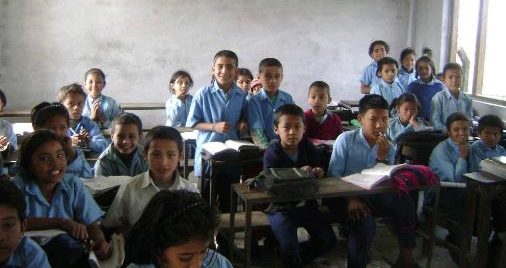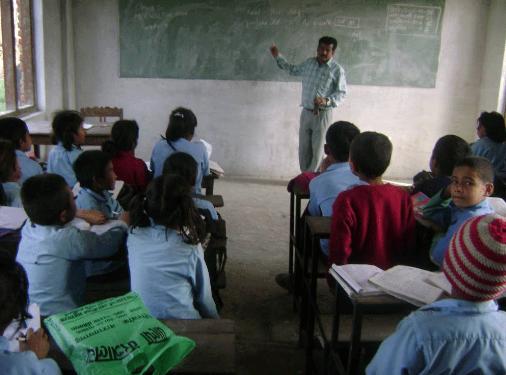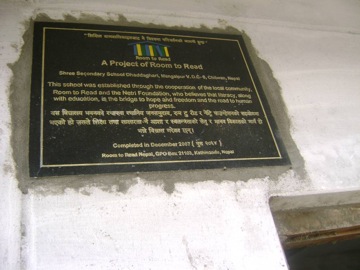Construction of a primary and secondary school
Nepal, 2007
Social Issue
Mangalpur is a town in the district of Chitwan, in the southern part of Nepal. Like the majority of the country, it is a region of great diversity and cultural wealth but with a situation of generalised poverty. The majority of students of this school are from families under the poverty line. Their principal source of income is working in the fields, which often is completely insufficient.
One of the school buildings needs immediate reconstruction as it is structurally unsound: the walls are about to fall, the asbestos roof leaks all over and in the rainy season it is usual that the classroom becomes flooded
Our Response
The project consists of replacing this building by a new one, which will have 8 classes, a library, and a room for the teachers.
The construction costs are kept below minimum by using voluntary labour as well as local materials. The local community contributes 60% of the total cost. Besides, it is a community very committed to the education of their children; they have paid the salaries of three teachers, which were not covered by the local administration budget.
Room to Read is in charge of fully fitting out the library with an appropriate selection of books in English and Nepali.
Expected Social Impact
Currently, the students of the community go to the local Shree Shree School, which has 16 classrooms, from nursery school until the end of secondary school.






